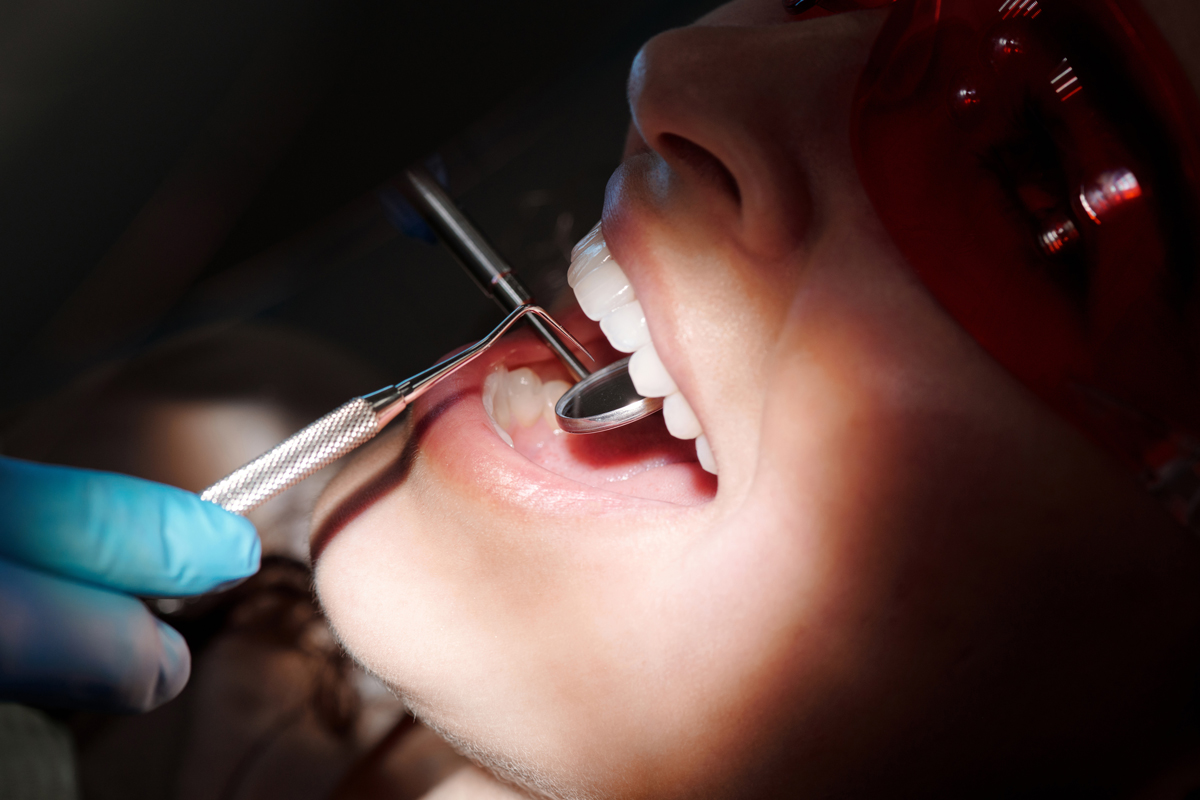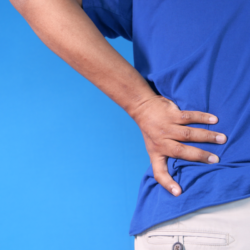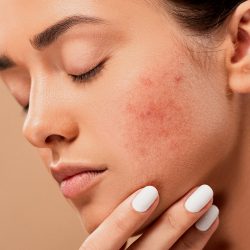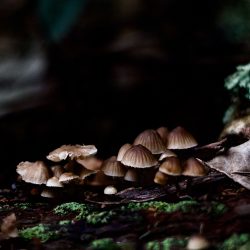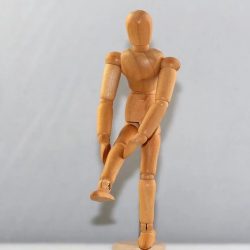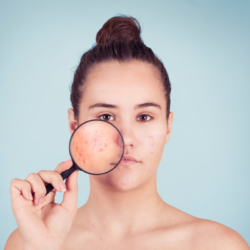Periodontal disease is responsible for 30 to 40% of tooth extractions . They generally begin with gingivitis, which is reversible, then progress to damage to the periodontium , the supporting tissue of the tooth, destroying it which causes a loss of attachment of the tooth. These attacks are mainly caused by dental plaque as well as tartar (calcified dental plaque). Therefore, their treatment is based above all on the elimination of this plaque, by brushing the teeth at least once a day and descaling .
The most common signs of mouth and pharyngeal diseases are bleeding, inflammation of the gums, halitosis , dry mouth, burning sensations, pain or canker sores.
The balance of the oral microbiota
Balanced oral microbiota (eubiosis):
The eubiosis constitutes the first barrier of defense of the organism : it ensures the defense against the pathogenic microorganisms , as well as the stimulation of the local immune system . Its quality, its quantity, its characteristics result from our heredity but also from our oral hygiene, our food hygiene, our age and our state of health.
Imbalance of this microbiota (dysbiosis):
With the transition from a healthy Gram (+) type microbiota to a highly pathogenic Gram (-) type microbiota, this dysbiosis is notably the main risk factor for cavities, halitosis, oral candidiasis or periodontal disease . Other factors can nevertheless attack the oral mucosa ( lack of saliva, radiotherapy, chemotherapy, or even certain drugs ).
What are periodontal diseases?
The existence of oral dysbiosis associated with inflammation leads to the formation of periodontitis , which is expressed in the form of gingivitis , causing gingival retraction, exposing the neck and generating dentin hypersensitivity, loosening of the teeth as well as abnormal tooth mobility.
Periodontal disease is generally due to:
- A lack of oral hygiene
- An unbalanced diet: excess alcohol, sugary or acidic foods such as sodas
- Smoking
- Mouth breathing
- Poor position of teeth or edges of crowns not aligned, due to gingival retraction, thus promoting the retention of dental plaque
Some hygieno-dietetic advice in case of periodontal disease
In addition to the consultation with a dental surgeon, it is better to act on the contributing factors, and in particular :
- The tobacco; major risk factor
- Eliminate drugs that cause dry mouth (anxiolytics)
- The stress
- Malnutrition as well as undernutrition
- Low noise screening and prevention of oral candidiasis (mouthwash with baking soda )
- Encourage effective brushing of teeth and gums (from pink to white), at least 3 minutes, 2 to 3 times a day, to eliminate dental plaque and to improve the local vascularization of periodontal tissues, in order to strengthen the immune situation local
- Use an interdental brush to remove food residues
Periodontal disease and phytotherapy
Immune strengthening during periodontitis flare-ups:
The proposed herbal medicine treatment is a mixture of extracts of echinacea and blackcurrant per os , 5 ml per day in water, to be drunk 5 days a week.
-
The anti-infectious activities of Echinacea:
The Echinacea (particularly echinacoside) has a preventive and curative action dose-dependent inhibitory antibacterial on the growth of certain bacteria. This activity was found in particular for Eschericiha coli, Streptococcus pyogenes, Hemophilus influenzae, Legionella pneumophila, Staphylococcus aureus resistant to methicillin, Mycobacterium smegmatis , etc.
-
The anti-inflammatory activities of Blackcurrant:
A 2007 study showed that quercetin and kaempferol, flavonoids found in black currant leaves , modulate the concentrations of pro-inflammatory mediators such as COX-2, CRP and iNOS, thus contributing to anti-inflammatory effects. of the plant, by blocking the activation mechanism of NF-kB.
Another study from 2015 also showed that extracts from blackcurrant leaves, due to their richness in phenolic compounds, were among the eight extracts that were the most inhibitory of the activity of cytosolic phospholipase A2 (cPLA2α) involved upstream of the inflammatory cascade.
Medical bibliographic sources and clinical trials :
- Garcia-Mediavilla V. et al. The anti-inflammatory flavones quercetin and kaemferol cause inhibition of inducible nitric oxide synthase; cyclooxygenase-2 and reactive C-protein, and down-regulation of the nuclear factor kappaB pathway in Chang car Liver cells; European Journal of Pharmacology, 2007
- Arnold E. et al. Inhibition of cytosolic Phospholipase A2α (cPLA2α) by Medicinal Plants in Relation to Their Phenolic Content Molecules, 2015
- Steinmuller C. et al. Polysaccharides isolated from plant cell cultures of Echinacea purpurea; enhance the resistance of immunosuppressed mice against systemicinfections with Candida albicans and Listeria monocytogenes; Int J Immunopharmacol., 1993

